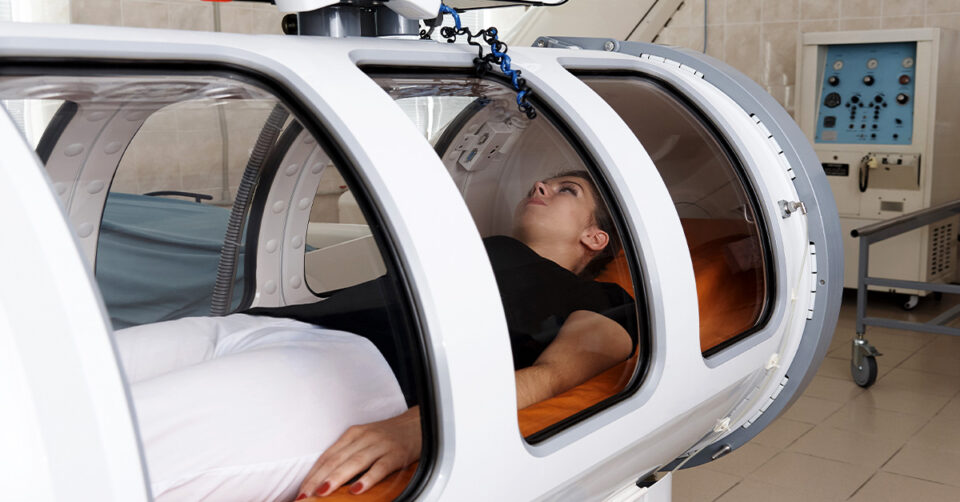Hyperbaric chambers, once primarily found in medical facilities for treating divers with decompression sickness, have now found a broader application in wellness and therapy.
Known for enhancing oxygen delivery to body tissues, hyperbaric oxygen chambers are becoming a sought-after tool for personal health optimization. If you would like to learn more about these, be sure to pay a visit to https://oxyhelp.com.
Today, we want to talk about some of the things you should understand before you undergo a project of making your own chamber of this sort.
The Science Behind Hyperbaric Chambers
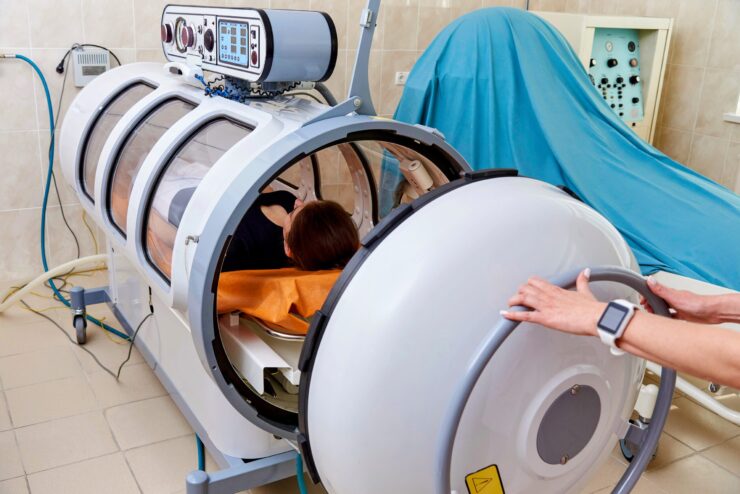
Hyperbaric oxygen chambers operate on a simple yet profound principle: increasing atmospheric pressure to enhance the body’s absorption of oxygen. Inside these chambers, the air pressure is significantly higher than the normal atmospheric pressure, allowing your lungs to gather more oxygen than would be possible under normal conditions.
This influx of oxygen can accelerate healing processes, fight infection, and improve overall wellness. Hyperbaric oxygen therapy, the treatment provided by these chambers, has been recognized for its efficacy in various medical conditions, including wound healing and treating certain types of infections.
Types of Hyperbaric Chambers
There are primarily two types of hyperbaric chambers: soft-shell and hard-shell. Soft-shell hyper chambers are typically portable, made from flexible materials, and operate at lower pressures. They are easier to construct for DIY enthusiasts but offer limited therapeutic pressure levels.
On the other hand, hard-shell hyperbaric chambers, made from rigid materials like steel or acrylic, can achieve higher pressures and are more akin to those used in medical settings. While offering greater therapeutic potential, they are more complex, expensive, and challenging to build.
Preparing for Your DIY Hyperbaric Chamber
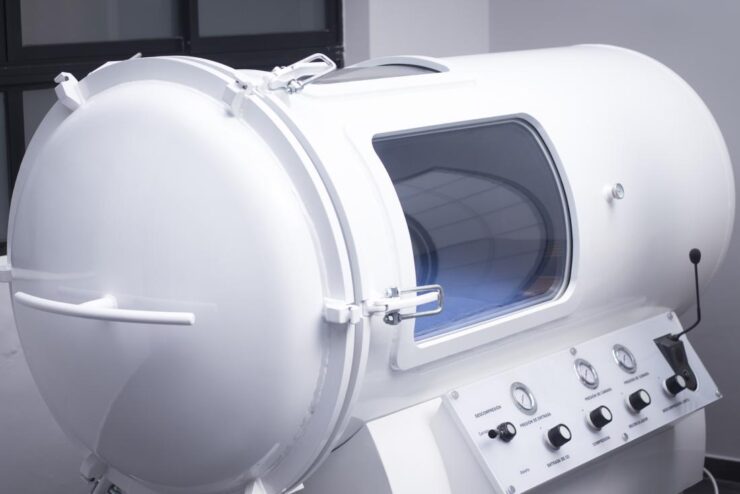
Building and operating a DIY hyperbaric chamber comes with significant risks. The increased pressure and use of pure oxygen can pose dangers, including oxygen toxicity and fire hazards. It’s crucial to have a thorough understanding of these risks and how to mitigate them.
Consulting with experts, adhering to safety standards, and understanding the physics of high-pressure environments are essential steps in ensuring safe construction and use.
Gathering Materials and Tools
The materials for constructing a hyperbaric chamber depend on the type you choose to build. For a soft-shell chamber, materials like high-strength fabrics and sealants are key, while a hard-shell chamber requires more robust materials like metal or acrylic.
Essential tools might include welding equipment for hard-shell chambers or sewing and sealing tools for soft-shell chambers. Additionally, components like pressure gauges, oxygen concentrators, and safety valves are crucial. It’s important to source high-quality materials and tools to ensure the safety and efficacy of your hyperbaric oxygen machine.
Step-by-Step Guide to Building Your Chamber
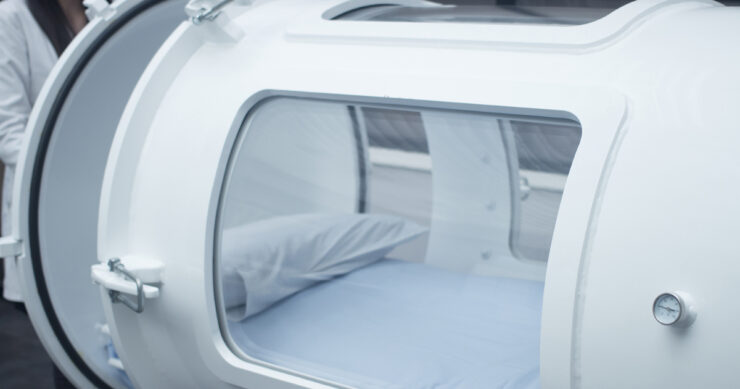
Now, let us go through step-by-step guide on how to build your own hyperbaric chamber.
1. Designing Your Chamber
Designing a hyperbaric chamber requires careful planning. The size and shape should accommodate the intended user comfortably while ensuring efficient pressure distribution. For personal use, a cylindrical or rectangular design is common.
The chamber must be designed to withstand the specific pressure requirements of hyperbaric oxygen therapy, typically ranging from 1.3 to 3.0 times the normal atmospheric pressure.
2. Constructing the Chamber
The construction process varies significantly between soft and hard-shell chambers. For soft-shell hyper chambers, the focus is on creating an airtight seal with durable, flexible materials.
Hard-shell chambers require more advanced construction skills, dealing with welding and fabricating rigid materials. Ensuring airtight seals, installing a reliable pressure regulation system, and setting up an efficient oxygen delivery system are critical steps in this phase.
3. Installing Safety Features
Safety features are paramount in a DIY hyperbaric chamber. Emergency pressure-release valves, accurate pressure gauges, and reliable communication systems are essential.
These features ensure that the chamber can be quickly depressurized in an emergency and that the occupant can communicate with someone outside the chamber at all times.
Testing and Using
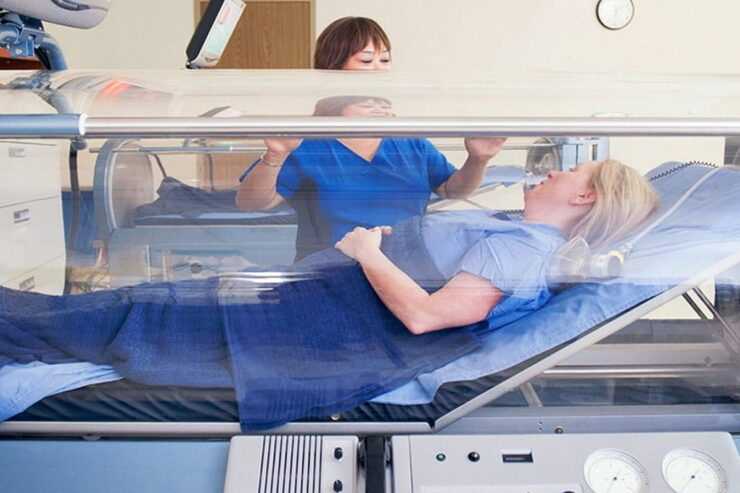
After you made a chamber, it is time to test its efficiency.
Initial Testing and Calibration
Before using the chamber for therapy, it’s crucial to conduct thorough testing. This includes checking for leaks, ensuring stable pressure control, and calibrating oxygen levels. These tests should be repeated regularly to maintain safety and performance.
Best Practices for Using Your Chamber
When using your DIY hyperbaric chamber, it’s important to adhere to best practices. This includes monitoring the duration and frequency of sessions, keeping communication lines open during use, and having a safety protocol in place.
Understanding the limits of your DIY chamber and not exceeding recommended pressure levels is crucial for safe operation.
Maintenance and Upkeep
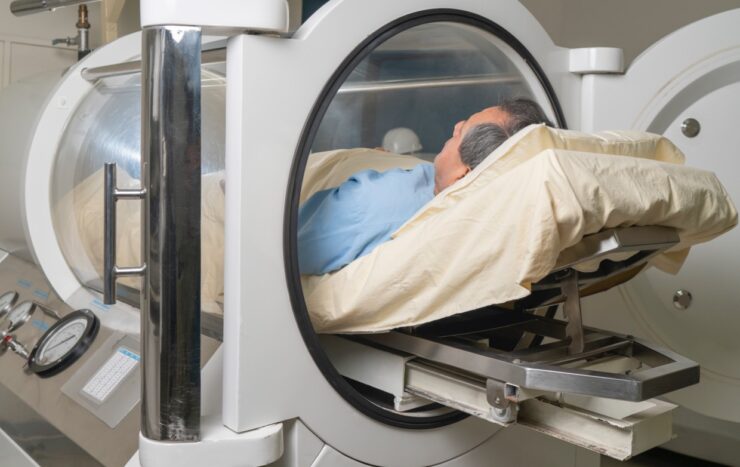
Regular maintenance is not just a recommendation but a necessity for the longevity and safety of your DIY hyperbaric chamber. This process involves several critical tasks:
The seals and valves of a hyperbaric chamber are crucial for maintaining the correct pressure and ensuring the safety of the user. Regularly inspect these components for any signs of wear and tear or damage.
Look for cracks, leaks, or any signs of degradation. Replacing seals and valves at the first sign of wear can prevent more significant issues down the line.
The oxygen delivery system is the heart of your hyperbaric chamber. Ensure that it is functioning correctly by checking for any blockages or malfunctions. This includes inspecting hoses, connectors, and the oxygen source itself, whether it’s an oxygen concentrator or tanks.
Regular cleaning and replacement of filters, if applicable, are also important to maintain the purity and flow of oxygen.
Periodically inspect the chamber’s structure, especially if you have a soft-shell chamber. Look for any potential weak points, tears, or areas that might be prone to leaks. For hard-shell chambers, check for any signs of corrosion, particularly at weld joints or connection points.
Long-Term Care and Upgrades
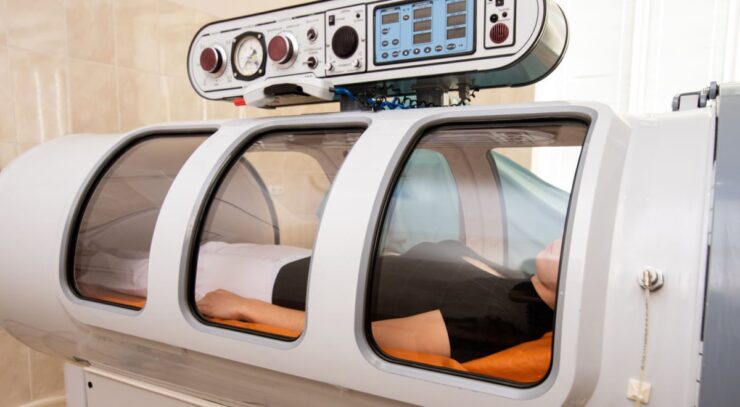
Over time, your hyperbaric chamber may require upgrades or replacements of certain parts. Staying informed about advancements in hyperbaric technology can help enhance the functionality and safety of your chamber. Regularly reviewing and updating safety protocols is also crucial for long-term use.
Closing Thoughts
Building a DIY hyperbaric chamber is a complex but potentially rewarding project for those interested in personal wellness. It requires a deep understanding of the principles of hyperbaric oxygen therapy, a commitment to safety, and meticulous attention to detail in construction and maintenance.
By following these guidelines, enthusiasts can explore the benefits of hyperbaric oxygen machines in the comfort of their homes, while prioritizing safety and efficacy.

